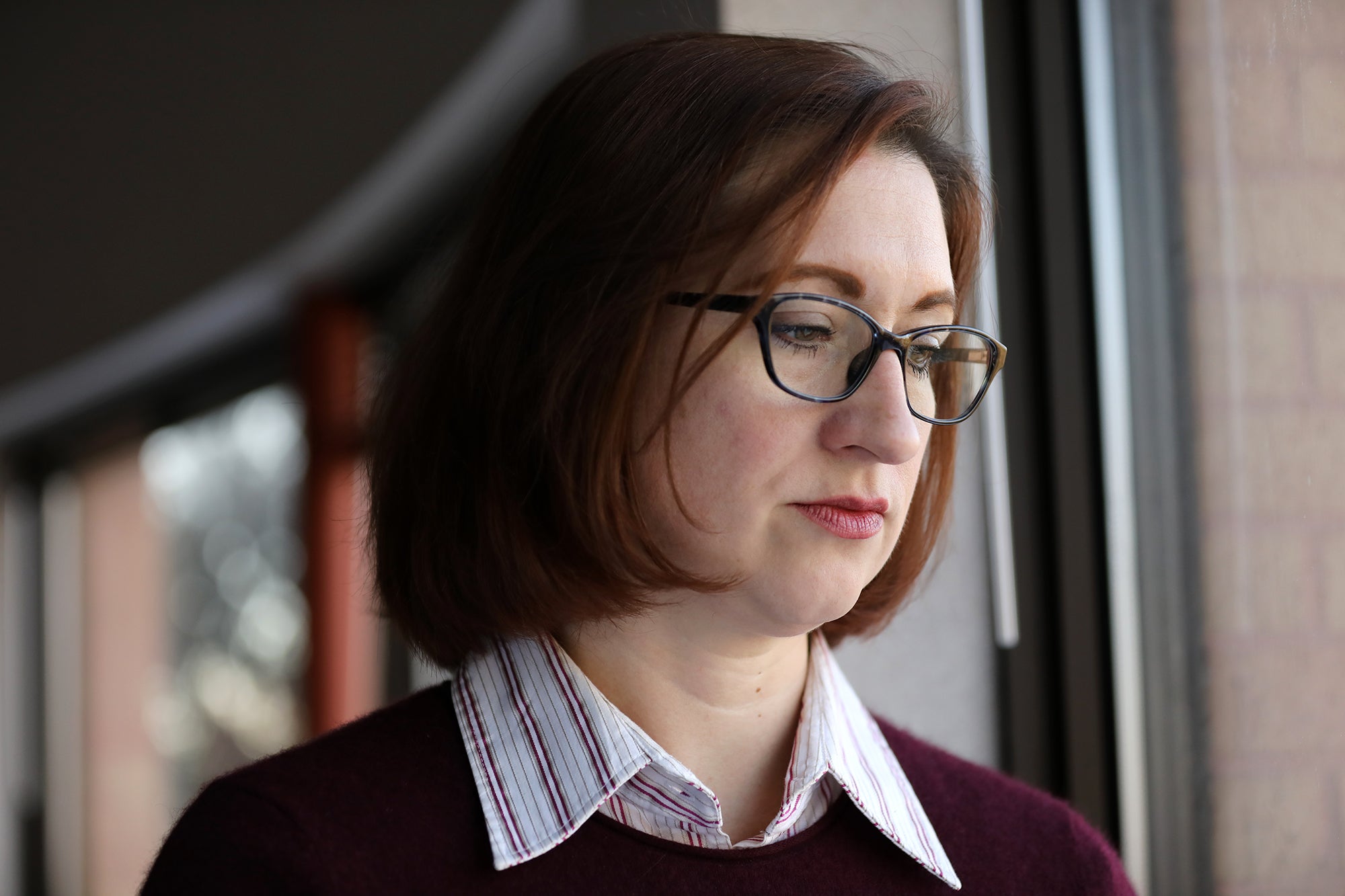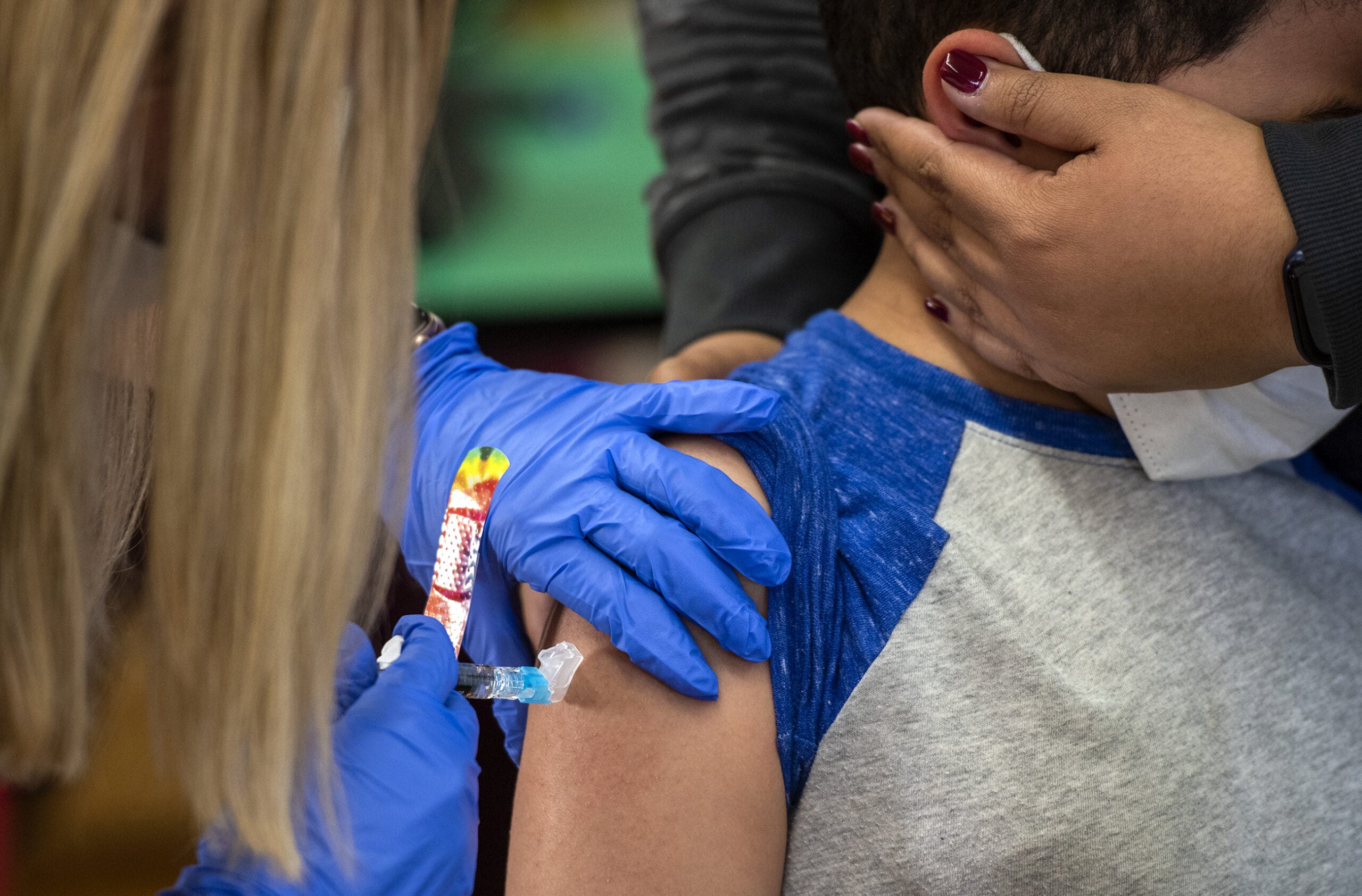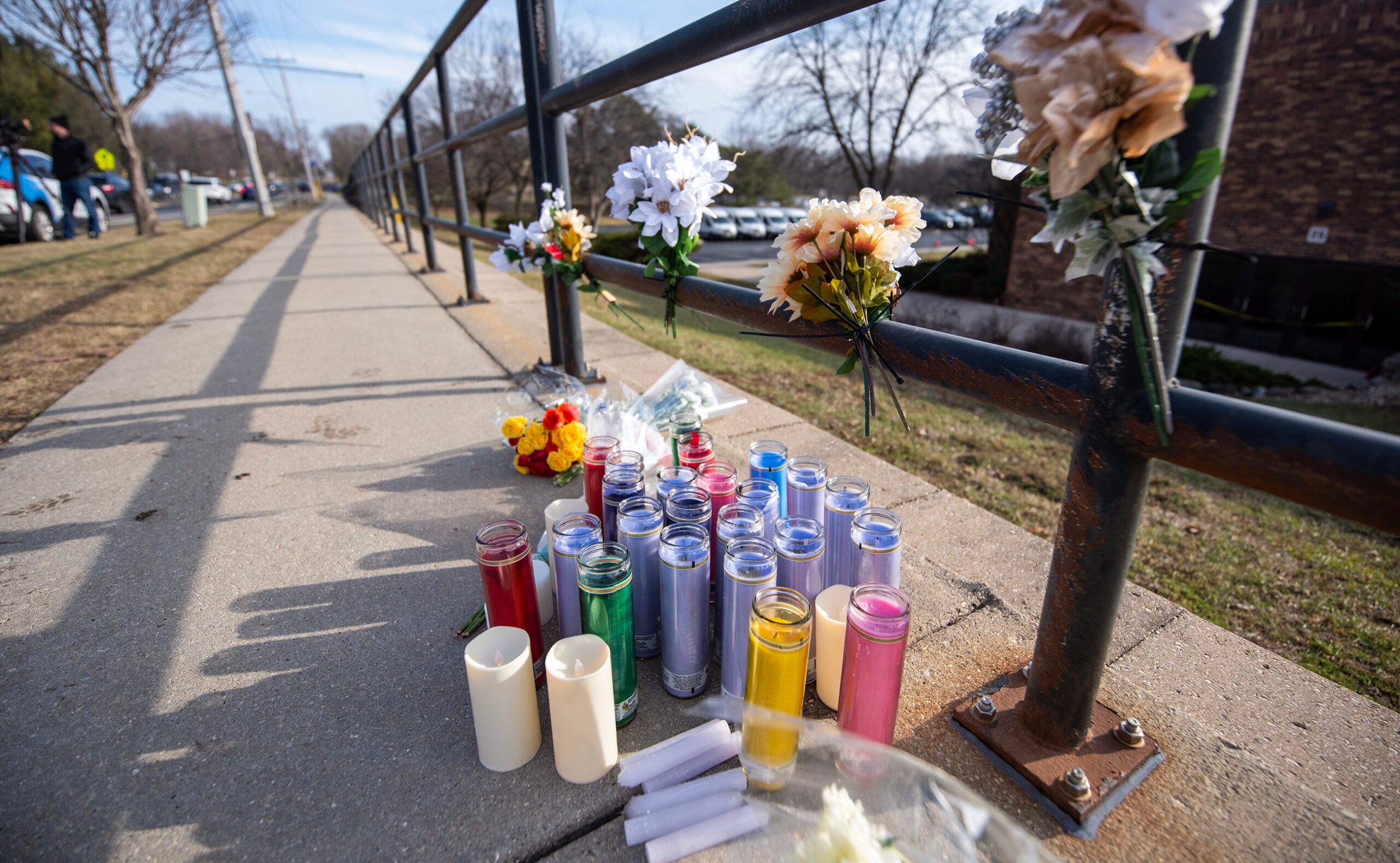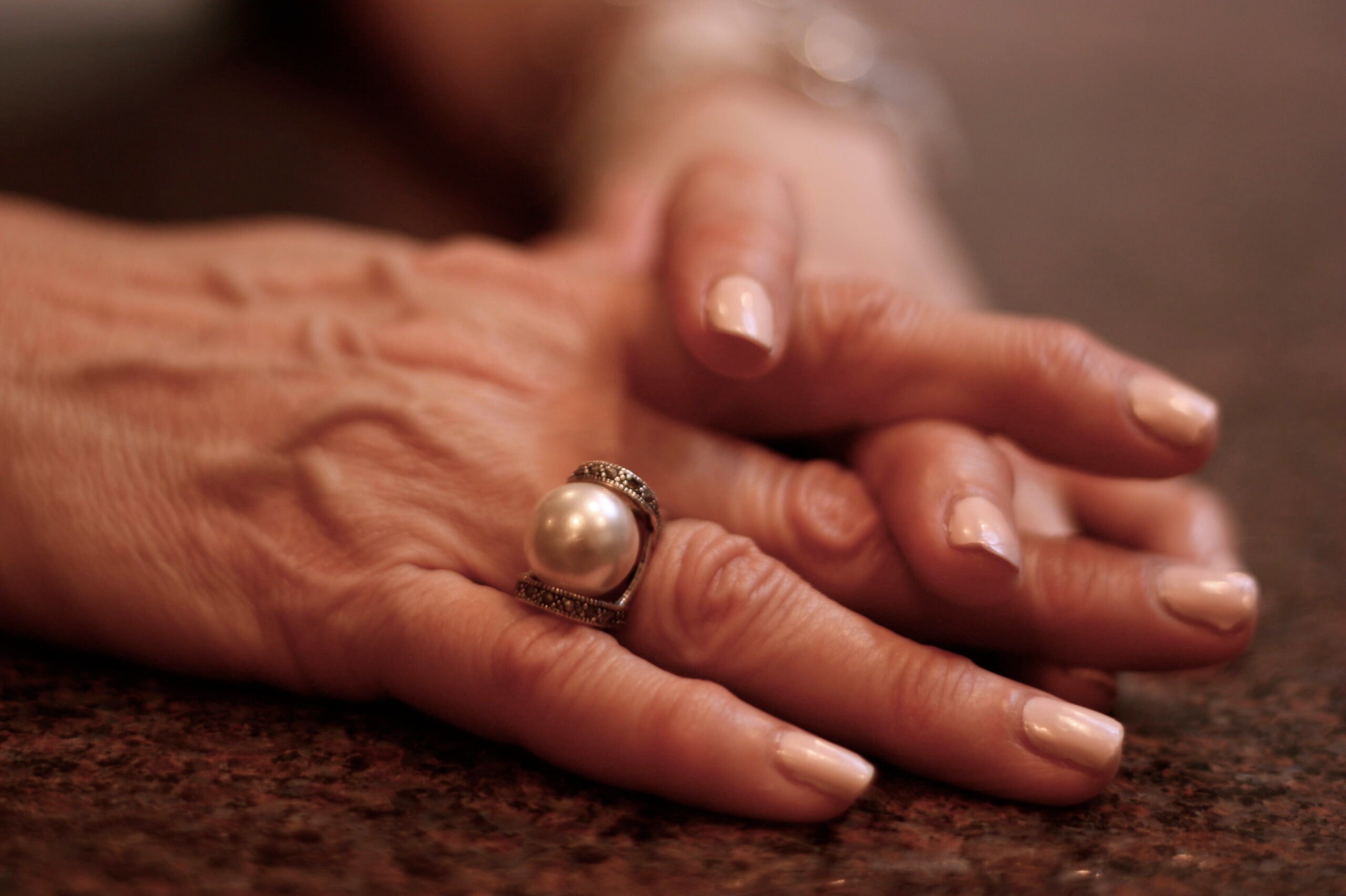Mariah Clark is many things. She’s a blacksmith, a tall-ship sailor and an EMT. She’s also an emergency room nurse at UW Health in Madison, placing her on the frontlines of the coronavirus pandemic in Dane County, which has seen 387 confirmed cases of COVID-19 and 20 deaths, as of Wednesday.
“Some days are really busy and really bad,” Clark said in an audio diary she is keeping for the Outbreak Wisconsin project. “And then there’s other days that just feel tremendously normal.”
Early on in the pandemic, Clark’s job included a lot of waiting for COVID-19 cases to start rising. She compared it to watching a slow-moving hurricane, drawing on her time living on the Gulf Coast.
News with a little more humanity
WPR’s “Wisconsin Today” newsletter keeps you connected to the state you love without feeling overwhelmed. No paywall. No agenda. No corporate filter.
“There were some storms that you could see coming. You could see the clouds pile up on the horizon, just creeping along. They weren’t moving fast. You had lots of time to make your preparations. To trim your trees. To buy your groceries, fill up your water containers, put the storm shutters on the house,” Clark recalled. “And then you just waited.”
Clark described UW Health as “arguably the best prepared and equipped hospital in the state.”
“We put off elective surgeries. We discharge anyone who’s stable to go home. We limit clinic hours. We limit visitors. And we wait,” she said.
Getting ready for work is much different than it used to be. Clark said her access to the hospital is limited to only a few doors where she must show identification and answer screening questions (“Are you self monitoring? … Any symptoms?”). Once inside the building, she follows a blue tape line that directs her away from people exiting the building.
Once inside, she heads to the locker room to “change into hospital scrubs, put my hair up under a cap, put on the same N-95 mask or surgical mask that I’ve been using for three weeks, and then a plastic face shield over that.”
“It’s a little more involved than it used to be to get ready to work,” Clark said.
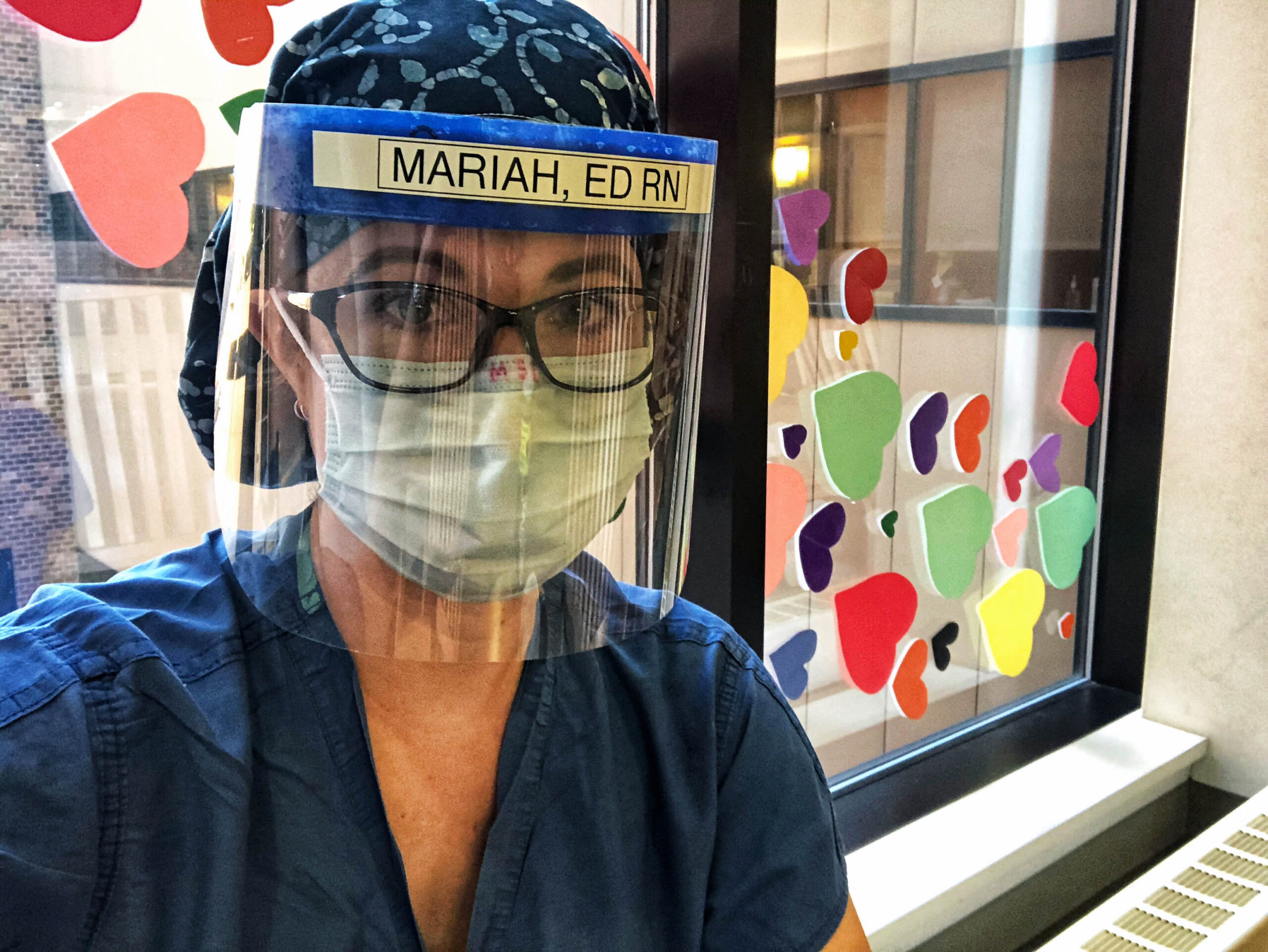
In early April, as cases in Dane County were picking up, Clark reflected on her shift during her drive home from work.
“It couldn’t be called a bad shift by our normal metrics,” Clark said, trying to force logic into her reflection.
“We’re still seeing fewer patients than we usually do. But at the same time, because more of what’s coming in is true emergencies. I think it feels like there’s more death, more gut-wrenching stories,” she said.
She paused.
“Today, I had my first friend die of COVID,” Clark said. “Not acquaintance. Not patient. Friend.”
Clark continued: “I can’t help but wonder — even though I’m not actually superstitious by nature — whether that was why I got suddenly sad yesterday.”
Clark mused she should fire up her forge and “make the anvil ring” for her friend, who was a fellow blacksmith.
“Instead, I think I’ll celebrate with smaller fires,” Clark said, “and light some candles and sink into my bathtub with a nice glass of whiskey.”
“And then I’ll be ready to face another day tomorrow and go back to work,” she said.
Editor’s note: This story is a part of Outbreak Wisconsin, a collaborative project by Wisconsin Watch and WPR, following Wisconsin residents as they navigate life during the coronavirus pandemic. The residents will contribute diary entries, in the form of audio, video, text, drawings and photos of themselves, their families and personal and professional lives. That content will be supplemented by interviews and digital content to provide a full picture of how the pandemic is affecting all aspects of life in Wisconsin.

